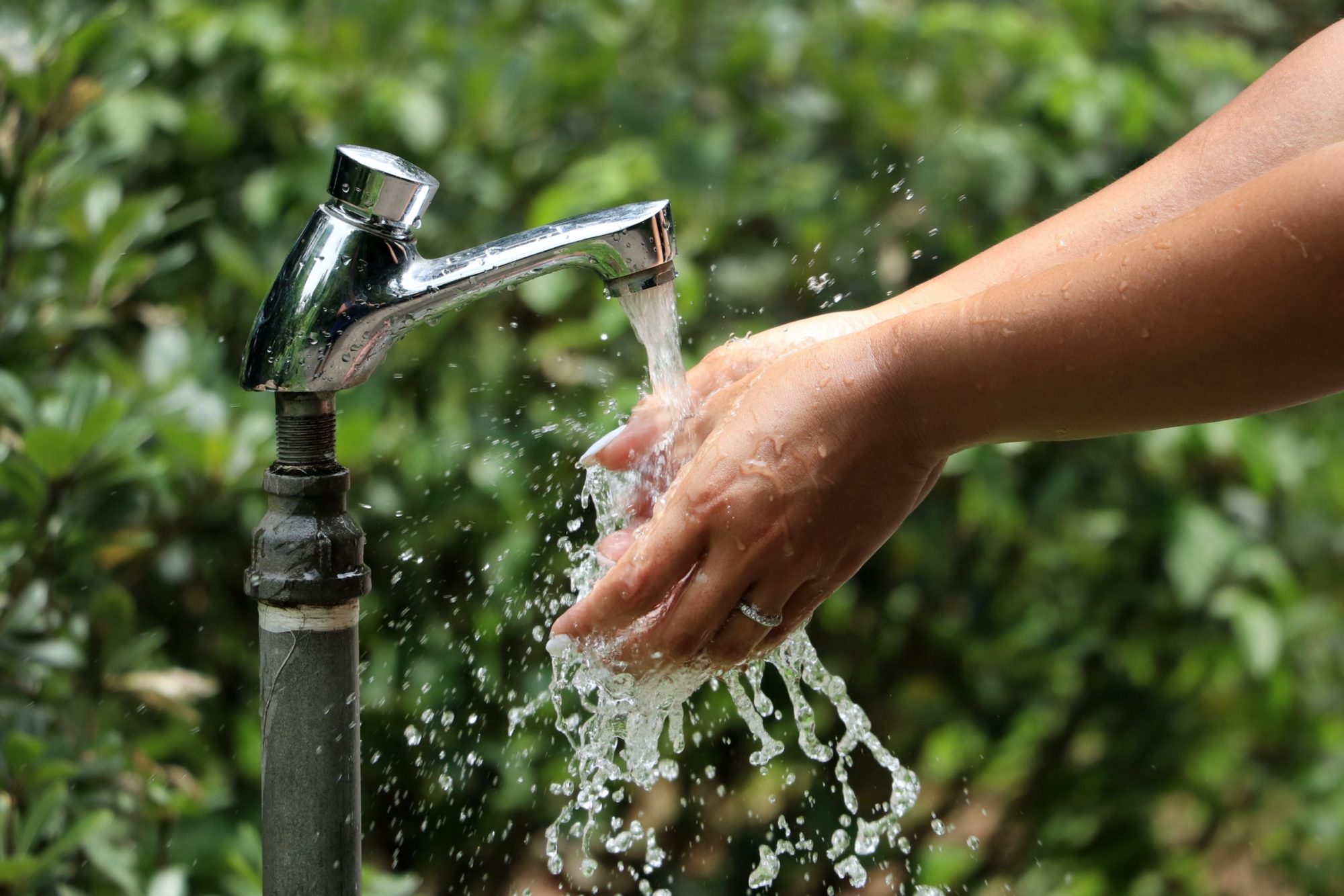“After years of feeling guilty and trying to contort myself into impossible shapes to satisfy my ethics in an impossibly complicated system, I’ve realized that it’s not my fault. Our sustainability guilt is misplaced,” writes Michaela Barnett, exasperated by the excessive pollution multinational corporations produce.
She isn’t the only one; for many, the days of “reuse, reduce, recycle” have given way to the pessimistic belief that reducing waste at the household level is futile. Over 2 million tons of waste are released into water every day, and sewage is only one of many leading causes. But while the day-to-day environmental impact of an ordinary person may not rival that of a company, individual environmental consciousness is still essential to mitigating ecological and economic damage. An easy point to start making a difference in your household’s pollution level is reducing water contamination.
Household water pollution can be separated into two main categories: point source and nonpoint source. Point source waste refers to debris whose origin is easily identifiable. This includes the food scraps and oils that you pour down your drains. Nonpoint source waste is much more inconspicuous; this includes leakages or runoff that go unnoticed but can accumulate into a significant issue. Minimizing both forms of pollution is important to conservation efforts.
Point Source Waste: Where do your Pipes Lead?
Powerful sink garbage disposals lead users to falsely assume that our pipes can take on any form of debris. Carbohydrate-rich foods such as rice, noodles, and flour will soak up water, causing major clogs further along the pipe system. Cooking oil and grease also tend to cling to the pipes leading to your local water treatment center, decreasing their filtration capacity. Additional clog-inducers to watch out for include fruit stickers, eggshells, and coffee grounds. Instead of risking pipe clogging, opt to wipe away oils and start a compost pile with your food scraps.
Point source water pollution spans beyond your kitchen sink. Anything you pour into your toilet and wash off yourself also flows into your community’s water pipes. Chemical-filled liquids such as paint, shampoo, laundry detergent, and medicine can dissolve into the water supply. Our current water treatment systems are effective at removing most chemicals from our wastewater. However, they are expensive to operate and can be overwhelmed, and it’s estimated that 44% of global household wastewater is not safely treated. It is better to reduce pollution levels as opposed to relying on water treatment.
Nonpoint Source Waste: The Silent Polluter
Not everyone has the time to wait for their bacon grease to solidify before cleaning up the remaining dishes (and frankly, it’s quite a hassle). Many people opt to pour their oils outside for the soil to soak up instead of waiting. However, when a rainstorm comes, the rain will wash oils and other contaminants into storm drains. These drains differ from your home’s pipe system in that their contents do not undergo treatment. Instead, the contaminated water flows directly into local lakes and rivers. Over 80% of wastewater in the world is released into the environment without adequate treatment, leaving 780 million people without access to clean water sources. The lack of conscious effort and a filtration system makes runoff pollution especially harmful as it is often disregarded as general waste that we cannot improve on.
Common nonpoint waste offenders include oils, pesticides and fertilizer, pet excretions, and leaking cars and septic tanks. While the long list may sound daunting, a large portion of the waste can be eliminated by simply not overusing products and following proper disposal methods. To minimize runoff pollution, the State of California recommends avoiding pouring waste down storm sewers, following instructions listed on the packaging of household cleaners, and sweeping instead of hosing your driveway. We can further reduce water pollution by using biodegradable detergent substitutes and natural pesticides. For more tips that are more specific to your location, check out the website of your local public works department.
Water pollution may be hard to recognize in your day-to-day life, but it still has a significant impact on your quality of life. We need to protect our communities by recognizing our pollution habits and taking action to reduce our personal environmental footprint. Minimizing the use of harmful products and proper disposal is key to maintaining a healthy ecosystem and protecting the small percentage of usable water on Earth.
- How to be an Ethical Volunteer - March 21, 2022
- How to Volunteer Well: Using the Global Volunteering for Development Standard for Impact - March 15, 2022
- Impactfull: What’s the Problem with Voluntourism? - March 10, 2022
